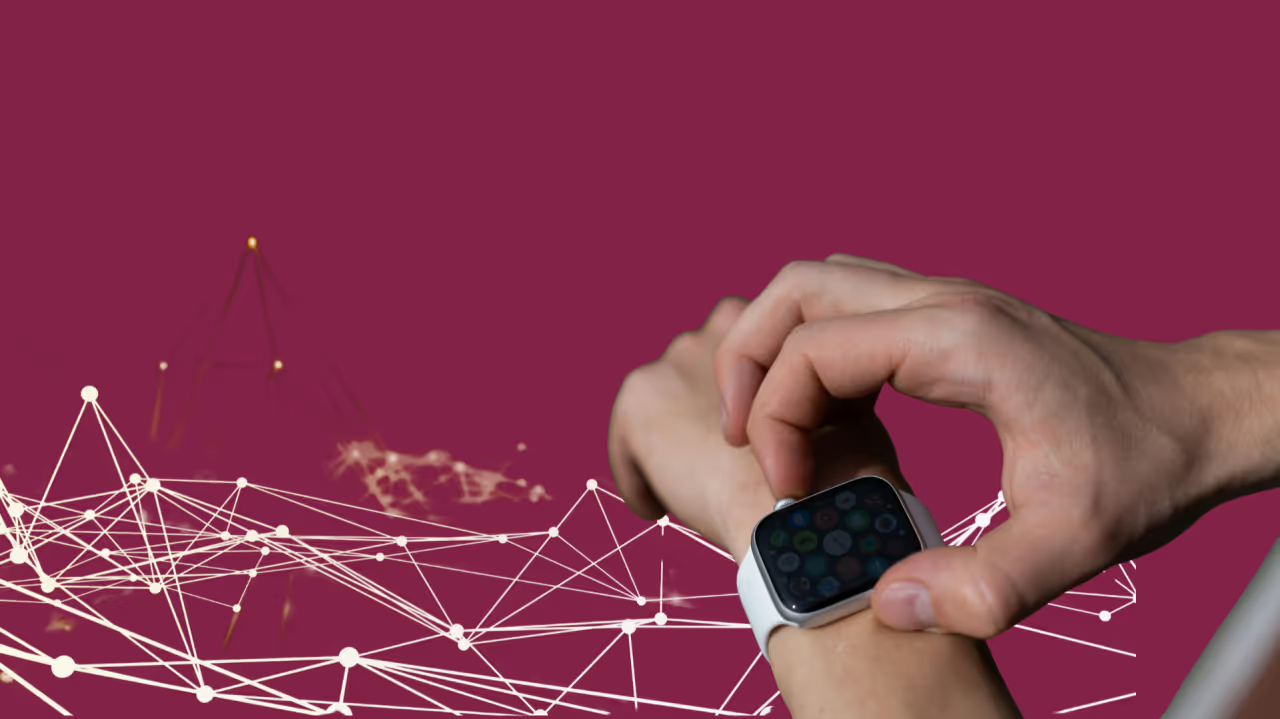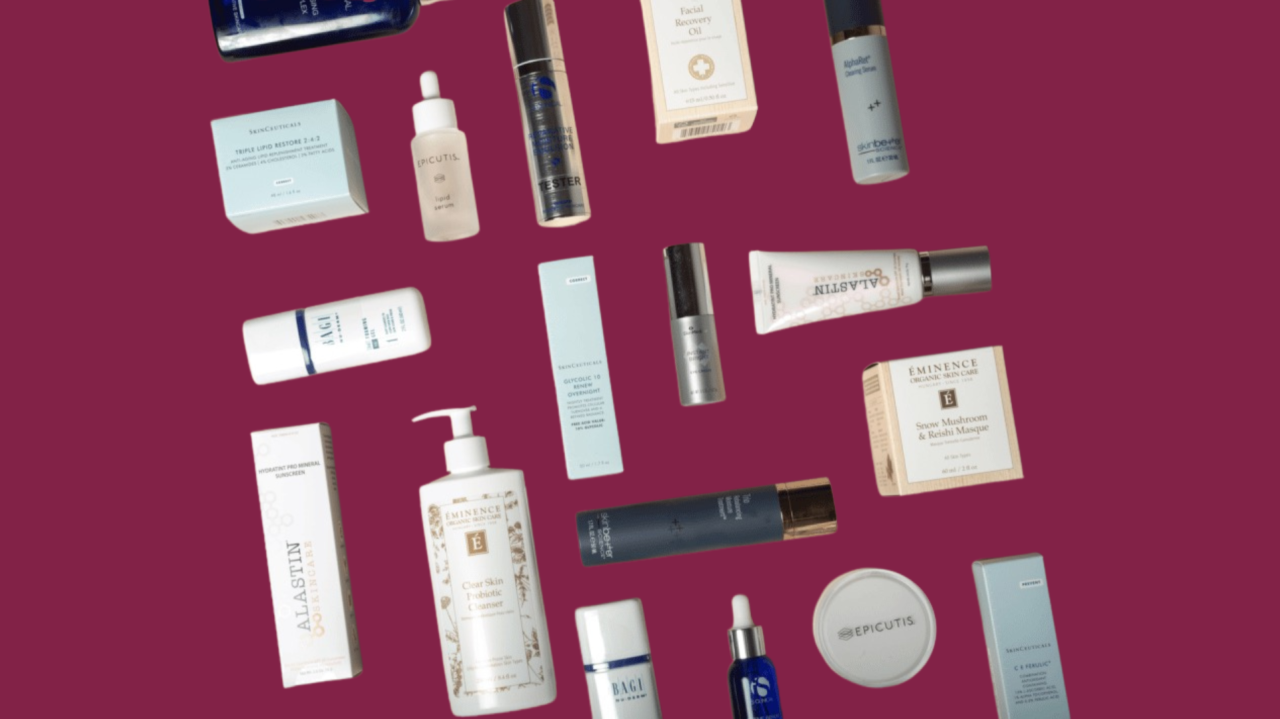If I had a pound for every time someone said, “It’s not a medical device, it’s just wellness,” …I’d have a very full skincare shelf and be onboard a private jet flying around the world right now.
Because here’s the thing: the line between wellness products and medical devices is getting messier by the minute. Think fitness trackers. Period pain relief devices. Meditation headbands. Blue light masks. Sleep tech. They look like lifestyle products. They’re sold in beauty halls. But depending on what they do and more importantly, what you say they do, they might fall squarely under medical device regulations.
And that changes everything.
So where is the line?
It all comes down to intended purpose.
Regulators (like MHRA in the UK and the FDA in the US) don’t care if your product is made of plastic, costs £39.99, or has rose gold trim. They care about what you say it does.
✅ If your product claims to diagnose, treat, prevent, monitor, or alleviate disease, it’s likely a medical device.
✅ If you talk about pain relief, inflammation reduction, acne treatment, or healing, expect regulatory scrutiny.
❌ Saying “for general wellbeing” or “supports a healthy lifestyle” might keep you out of the danger zone, but even then, it’s a tightrope.
It’s not about what the product could do, it’s about what you claim it does in your marketing, packaging, and instructions.
Real-world examples
Let’s say you’ve got a light therapy device:
- If you say it’s “soothing” and “relaxing”? Probably okay under wellness.
- If you say it “treats acne”? You’re likely in medical device territory, and you’ll need safety data, clinical evidence, and full-on device registration.
Or maybe you’ve got a smart wearable that tracks menstrual cycles:
- “Supports cycle awareness”? Probably wellness.
- “Diagnoses ovulation” or “predicts fertility”? That’s diagnostic and likely regulated.
Why it matters
The moment your product crosses into medical device territory, you're legally required to:
- Prove it works (with data!)
- Get it registered or certified
- Follow labelling and safety rules
- Have the right documentation in place
- Possibly appoint local reps or authorised persons
Skipping that process isn’t just risky, it can result in product recalls, fines, and pulled listings. Not ideal if you’ve just landed a big retailer or scaled your D2C brand.
Final thoughts
The wellness world is bursting with innovation right now and I love seeing it. But with innovation comes responsibility.
If you’re developing a beauty-tech gadget, a wellness wearable, or a health-focused supplement, make sure you’re really clear on what regulatory box you’re ticking. Because once you start making medical claims, you’re not just selling lifestyle anymore, you’re entering a whole new playing field.
And if you’re not sure which side of the line you fall on? You know where to find us.


 By admin
By admin
.svg) Jul 25, 2025
Jul 25, 2025







